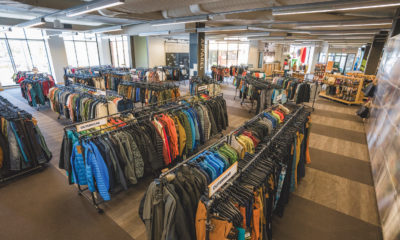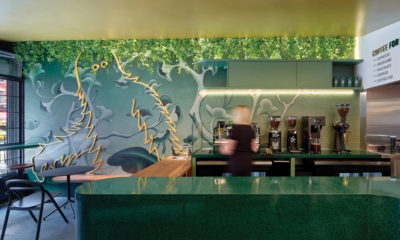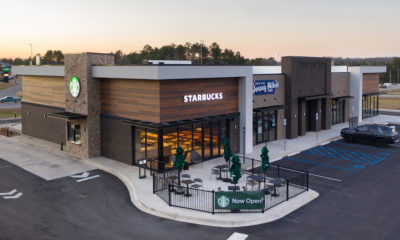Rising gas prices, global warming, alternative energy sources. It’s hard to ignore these topics today.
Even all the discussion surrounding “An Inconvenient Truth,” former vice president Al Gore’s summer movie addressing the reality of global warming and its effects, suggests that mainstream America is ready to listen about environmental concerns – and maybe consumers are beginning to favor those businesses that address the concerns.
“Ultimately, this is not a political issue as much as it is a moral issue,” says Gore, whose movie documents his journey to share his global warning to audiences around the world.
So what are retailers doing to make the planet a better place? More than ever before.
It’s a movement once perceived as the preserve of crunchy, tree-hugger brands like REI and Aveda. But today’s retail do-gooders hail from across the retail spectrum, including Harley-Davidson, Timberland, Home Depot, Giant Eagle, Trek Bicycle Co. and PNC Bank, among others.
Even Wal-Mart, which went public with its environmental initiatives last year, is still employing its greener ways, testing sustainable materials and energy-saving technologies at two highly publicized experimental stores. The company also announced that it would design and open a prototype store that is 25 to 30 percent more energy-efficient by 2010 and increase the efficiency of its fleet of trucks by 25 percent in three years.
The world’s largest retailer says its reasons for going green are the potential cost savings, the marketability of saying it’s a responsible company and its born-again conviction that it’s the right thing to do.
And increasingly, it’s becoming the lawful thing to do, too.
Across the country, more cities are mandating eco-friendly design initiatives and stricter energy codes. Chicago’s green roof initiative has put it on the sustainability map, among such emerald enclaves as Seattle, San Francisco and Portland, Ore. Even Pittsburgh, once the smoky, smoggy “Steel City,” is green, home to one of the nation’s highest number of LEED-certified buildings. And who hasn’t heard of California’s strict energy codes?
Promoting the planet – and your company
Savvy retailers, awakening to the rising acceptance of environmental friendliness, are also aware of the marketing benefits of a green reputation.
Patti McNair, regional project coordinator for Harley-Davidson Motor Co., says the company has had green design initiatives in place for years. Now, it is designing a dealership using the U.S. Green Building Council’s LEED (Leadership in Energy and Environmental Design) rating system.
“We’d love to be on the cutting edge of this,” she says, “and we’d like our dealers to benefit from both the cost savings and marketability of saying we are responsible neighbors in our communities.”
Dave Fischer, who expects his dealership, Frontier Harley-Davidson in Lincoln, Neb., to receive LEED Silver certification in early 2007, also sees the potential for improving the brand’s image. “We realize our product has a public perception for being noisy, generating pollution and being a general nuisance,” he says. “So I think it’s incumbent upon dealerships to make some effort to offset that impression by doing these things.”
Wal-Mart, suffering from so many recent image problems, promotes its green initiatives as a way to say it’s a responsible company. The company further drives home that point by agreeing to share what it’s learning so that the whole marketplace can profit.
“What used to be a very competitive, highly trade-secret-type atmosphere is turning into more of a collaborative one,” says Charles Zimmerman, Wal-Mart’s vp, prototype and new format development.
In August, says Zimmerman, Wal-Mart executives conducted store tours with a bunch of other major retailers, including Publix, Food Lion and – yes – Target, its biggest competitor. “These are some of our major rivals and we’re explaining what we’re doing, why we’re doing it, what we think the benefits are and why they might consider the same thing,” he says.
Marketing a company’s environmental attributes is also likely to register with today’s shoppers, who are demanding hybrid vehicles and organic foods. “Consumers are saying, ‘Offer me added value in a different way,’ ” says Jeff Kindleysides, founder of U.K.-based design firm Checkland Kindleysides. “They want brands that have empathy.”
Kindleysides’ firm has been working with The Timberland Boot Co. to open stores across England that use sustainable materials and follow a place-based design approach that focuses on adapting the brand and store to the community and an existing space, rather than the other way around.
On Fournier Street in London, designers transformed a former banana warehouse into a store and repurposed many found objects – such as packing tables, an old fruit cart and rolling racks – into displays and fixturing. In addition, a skylight was added, water-based paints, waxes and coatings were applied and damaged timber flooring and walls were replaced with reclaimed wood.
Lee Peterson, executive director, design group, at WD Partners (Columbus, Ohio), says two huge “bubbles” in the population are leading this modern environmental movement: baby boomers experiencing an “awakening” to healthier lifestyles; and a younger generation of 10-to-25-year-olds growing up with words like “recycling,” “energy efficiency” and “global warming.”
“More than half the population is keenly interested in this,” says Peterson. “So brands want to get positive credit for being environmentally conscious.”
Good business sense
Ten years ago, otherwise well-intentioned retailers may have stopped short of adopting more sustainable building practices over fears about cost, feasibility and know-how. But today, they are realizing that it can make good business sense – higher sales, lower costs.
Wal-Mart has been incorporating skylights into its store design for more than a decade. But now it’s seeing energy savings in some of the ongoing experiments being conducted over the last year at its test stores in McKinney, Texas, and Aurora, Colo. The company will begin rolling out LED lighting in the refrigerated cases in all of its new stores by the end of this year, and begin retrofitting existing stores in 2007. The decision is based on tests that showed a 50 percent reduction in energy usage to light those cases.
Zimmerman says Wal-Mart is making these decisions because they’re proving to make good business sense. But he also sees another opportunity: “If Wal-Mart buys one million skylights, yes, the price will go down. But if we can get a Home Depot, Lowe’s, Target or Kroger to buy the same skylights, we all benefit with even lower prices.”
Harley-Davidson dealer Fischer says he expects to see payback from situating his building to maximize natural daylight, which reduces his electrical lighting needs, and using a highly reflective roof to reduce heat absorption. The only question for him is how long it will take to see those returns. So he plans to track each system’s performance and share the findings with Harley corporate and other dealers.
The company also promotes energy-efficient design strategies to dealerships in a 48-page “Facility Performance” brochure. In one case study, Cycle City Harley-Davidson in Honolulu installed rooftop solar panels along with several other key features, including extra insulation and low-emissivity windows, expecting to save the owners an estimated $10,000 a month on their electricity bill.
“This is the right thing to do,” says McNair, “and it’s going to save them money.”
And drive sales. A study by Heschong Mahone Group (Fair Oaks, Calif.) for the California Board for Energy Efficiency Third Party Program found that sales in stores with skylights were up to 40 percent higher than similar stores without skylights.
Eco-experimentation
But if a retailer still isn’t ready to jump entirely onto the hybrid bandwagon, can it still leave a lighter footprint?
Doug Moody, a LEED-accredited professional (and division manager at Cowan + Associates, the Columbus, Ohio-based design firm), says that retailers can take smaller steps that still make a difference, including using recycled content materials, recycling waste and outdated components, rather than sending them to landfills, and using low- or no-VOC (volatile organic compounds) materials.
“I believe that by 2020, people will build this way because it makes sense,” he says.
The firm designed an eco-friendly space for American Cycle & Fitness (a Trek Bicycle dealership located in Royal Oak, Mich.) that includes recycled rubber flooring, the use of low-VOC paints and more efficient lighting systems.
Thom Morbitzer, Cowan’s design director, says the effort was a step toward aligning retail initiatives with Trek’s corporate culture. “You can create a nice store brand and still have environmental awareness,” he says.
Yet, while significant strides have been made in the last decade, most retailers and designers still agree that green has yet to hit mainstream acceptance. It’s still considered something that’s “nice whenever possible.”
In the meantime, Moody says, “We need to keep banging the drum, telling people that this is good for your bottom line. We’ve got to overcome the natural momentum to stay the same and get some experimentation out there.”

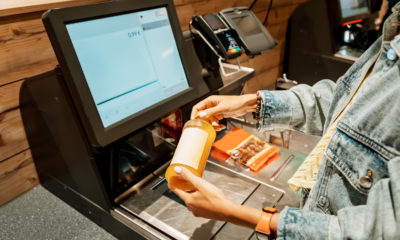
 Headlines4 days ago
Headlines4 days ago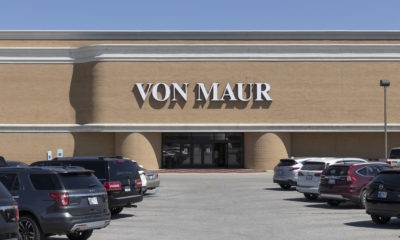
 Headlines1 week ago
Headlines1 week ago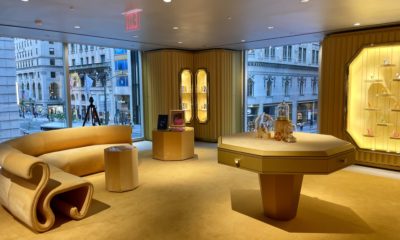
 Eric Feigenbaum2 weeks ago
Eric Feigenbaum2 weeks ago
 Headlines2 weeks ago
Headlines2 weeks ago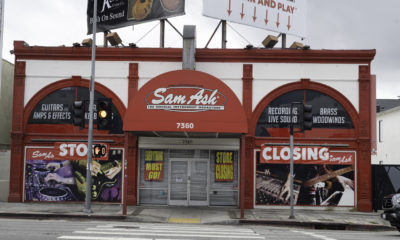
 Headlines6 days ago
Headlines6 days ago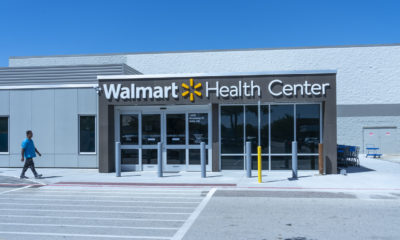
 Headlines2 weeks ago
Headlines2 weeks ago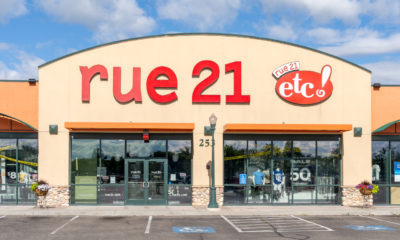
 Headlines1 week ago
Headlines1 week ago








